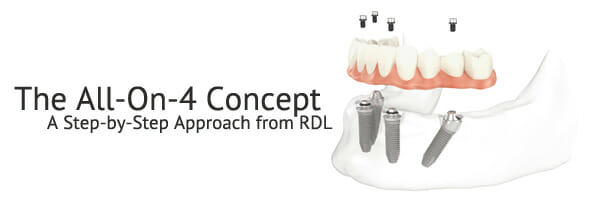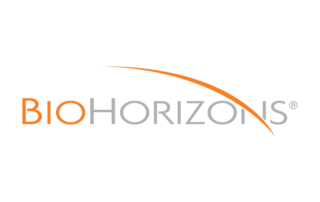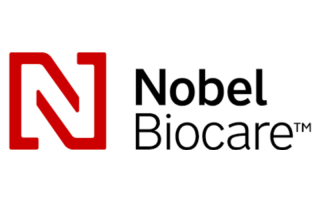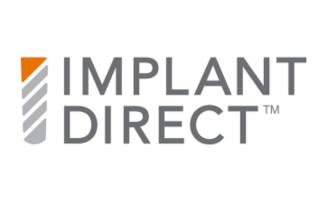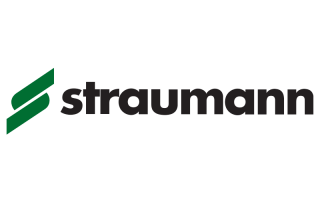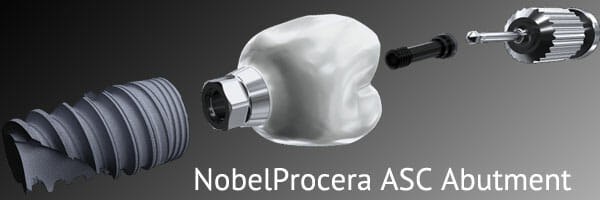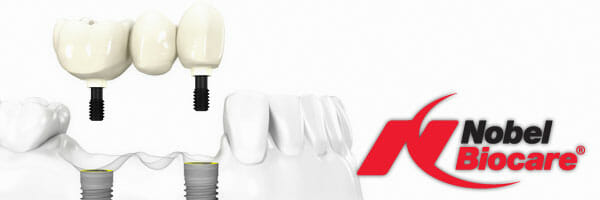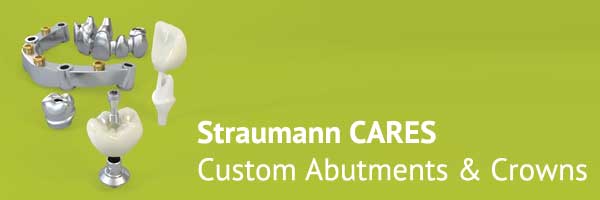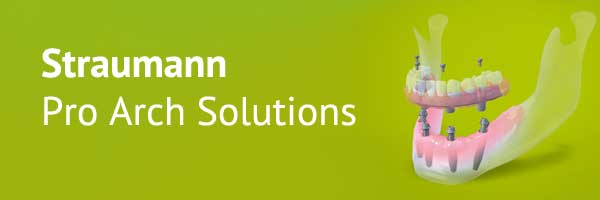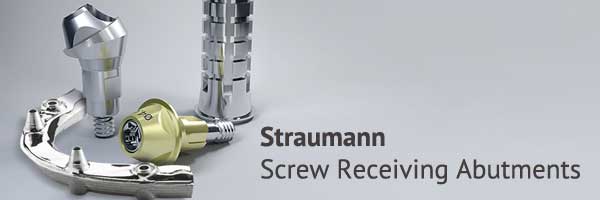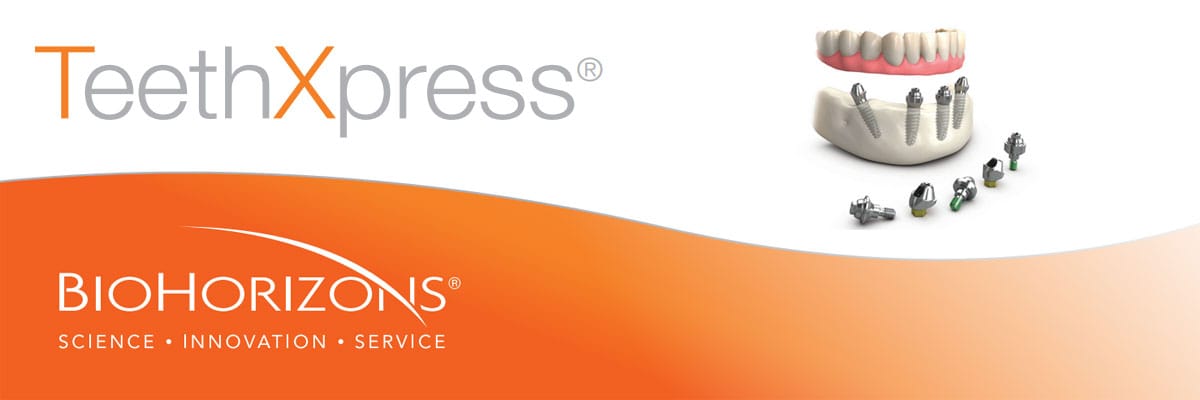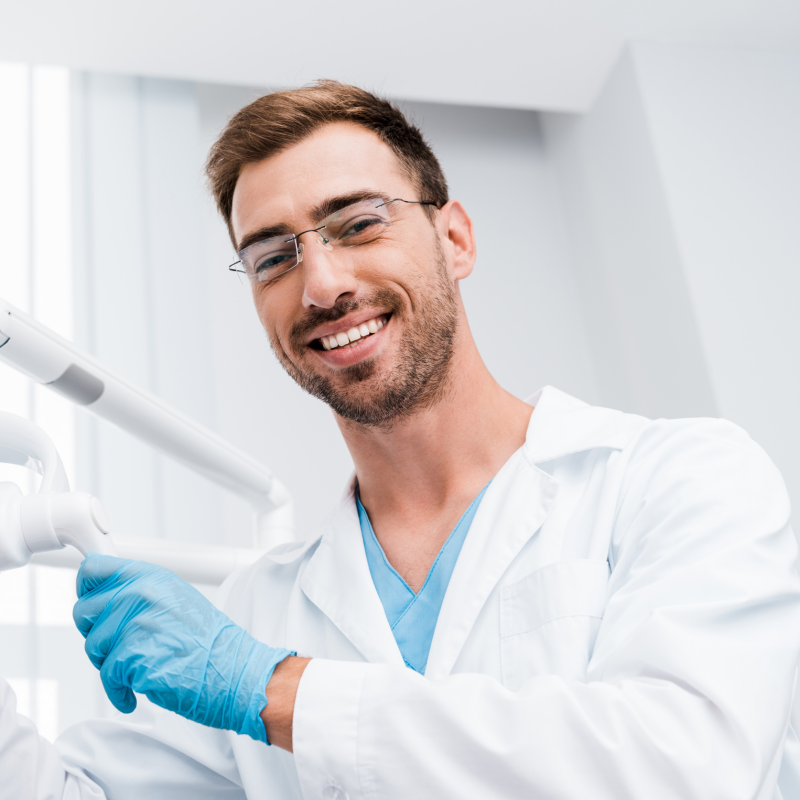Genuine Implant Solutions & Full Arch Workflows
Russellville Dental Lab has been helping clinicians with complex implant restorations since the 1980’s. We have multiple members of staff with either explicit chairside implant experience and/or hundreds of hours of implant training in organizations like the International Congress of Oral Implantology, the Foundation for Oral Rehabilitation, and others.
Russellville Dental Lab also has certified training in Nobel Biocare, BioHorizons, and Straumann prosthetics. In addition, we have been through the TeethXpress and All-On-4 training, and we’ve worked with Seattle Study Clubs on a number of occasions.



